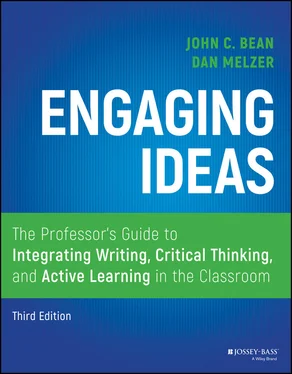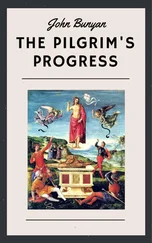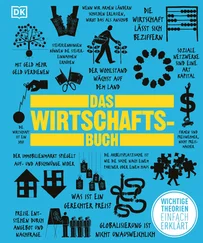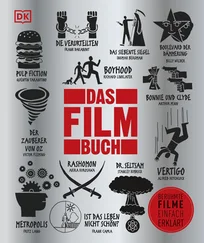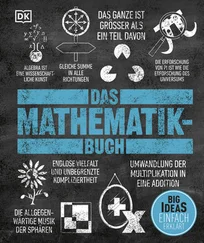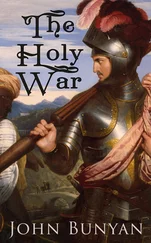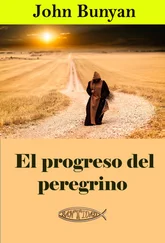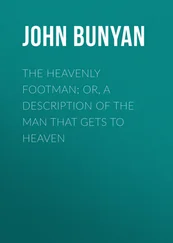1 ...8 9 10 12 13 14 ...25
Misconception 2: Writing Assignments Are Unsuitable in My Course
Most teachers believe that writing applies naturally to English courses, liberal arts courses, and certain specialized courses in their fields. They may not, however, believe that writing is equally appropriate in their own courses. These doubts are frequently expressed by teachers of quantitative or technical courses or ones that focus on basic facts, concepts, or algorithmic procedures that, according to the teacher, must be “committed to memory” before the student can move on to problem‐solving and analysis. If we apply some conceptual blockbusting, however, we see that writing assignments can be used profitably in any course. (Our point is exemplified by the wide range of disciplines represented in this book—accounting, physics, chemistry, all levels of mathematics, nursing, business, education, and engineering, as well as the humanities and social sciences.) By conceptual blockbusting, we mean primarily rethinking what constitutes a writing assignment . Many of the assignments in this book are nongraded or are very short formal tasks designed to help students understand an important course concept. Others have a metacognitive aim—helping students reflect on their own thinking processes or productively altering their methods of studying or reading. Still others have a procedural aim—helping students learn disciplinary methods of inquiry and analysis. Whatever a teacher's goals for a course, writing assignments can be designed to help students meet them.
Misconception 3: Adding More Writing to My Course Will Bury Me in Paper Grading
Many teachers would gladly require more writing in their courses if it were not for the need to mark and grade all those papers. If teachers do not currently assign any writing in their courses, adding a writing component will admittedly require extra work, although not necessarily more total time devoted to teaching if some of the teacher's current preparation or conference time is shifted toward responding to writing. If teachers already require writing in their courses (say, a couple of essay exams and a term paper—assignments that often have low learning value for students), following the suggestions in this book might reduce the total time they spend on student writing while simultaneously making that time more rewarding for themselves and more productive for students. The NSSE/WPA research cited at the beginning of this chapter (Anderson, Anson, Gonyea, and Paine, 2009) has shown that what matters in using writing to promote deep learning is not the amount of writing in a course but the quality of the writing assignments themselves.
There are many ways to work writing into a course while keeping the paper load manageable. Some methods require no teacher time (for example, in‐class freewriting); some, minimal time (perusing a random selection of posts on a class discussion board); and some, very modest time (assigning write‐to‐learn microthemes using models feedback). Even when you require several formal papers or a major research project, you may employ any number of time‐saving strategies to reduce the paper load (see chapters 14– 16). The key is to decide how much time you are willing to spend on student writing and then to plan your courses to include only what you can handle—always remembering that you do not have to read everything a student writes.
Misconception 4: I Am Not Knowledgeable Enough about Writing and Grammar to Help Students with Their Own Writing
Many teachers across the curriculum will admit that English was not their favorite subject. Although they produce competent professional writing in their own fields, they believe that because they struggle with their own writing and because they do not know grammatical terminology or composition theory, they lack the skills to help students. This book aims to allay these fears. Because the best teacher commentary focuses primarily on students' ideas and the strengths, weaknesses, or clarity of their arguments, no special terminology is needed. Teachers simply need to be honest readers, making comments such as these:
“I'm getting lost. How does this paragraph connect to the previous one?”
“Readers will need more evidence here.”
“What about Petriono's research on this problem? Can you summarize and respond to her argument?”
“Excellent point!”
A main aspect of teaching writing, as chapter 2argues, is to encourage students to revise their drafts, showing students how global revision reveals critical thinking at work. The more teachers can show students their own thinking processes as they move from an initial idea to a finished article, the more they can serve as role models for students. In short, your own experience as an academic writer and reader, combined with your expertise in how scholars in your field inquire and argue, should be all the background you need to help your students with their writing.
Conclusion: Engaging Your Students with the Ideas of Your Course
The steps suggested here for integrating writing and critical thinking assignments into a course can increase students' engagement with subject matter and improve the quality of their work. Moreover, these suggestions do not call for rapid, complete makeovers of a course. It is possible to make changes in a course gradually—trying a few new activities at a time, looking for strategies and approaches that fit your discipline and subject matter—that work for your students and that accord with your own personality and teaching philosophy.
Some teachers make only minimal changes in their courses. We know of one teacher, a brilliant lecturer, who has changed nothing in his course except for adding a series of three microtheme options (students must choose any two) that he grades using models feedback (see chapter 14). Each microtheme assignment focuses on what he considers a threshold concept for his discipline. From each microtheme set, he selects examples of good responses as well as examples of different kinds of misunderstandings. In‐class discussion of these samples lets him focus again on helping students understand the threshold concept. He is happy with this minimalist approach, which he thinks has improved student learning.
But we know of other teachers who have radically transformed their classrooms, moving from a teaching‐centered to a learner‐centered pedagogy, from lecture‐based courses to active learning courses that use exploratory writing, collaborative learning, lively discussions, and other strategies for engaging students in inquiry and debate.
In the pages that follow, we invite readers to find what works for them and for their students.
PART ONE Understanding Connections Between Thinking and Writing
2 How Writing Is Related to Critical Thinking
The Writing Across the Curriculum movement—along with a surge of new interest in composition theory and practice—began in the 1970s as a reaction against traditional writing instruction that associated good writing primarily with grammatical correctness and style and thus isolated writing instruction within English departments, the home of the grammar and style experts. The problem with traditional writing instruction was that it led to a view of writing as a set of isolated skills unconnected to an authentic desire to converse with interested readers about real ideas.
A classic Shoe cartoon from the late 1980s illustrates the traditional view. Skyler, a bright young bird of a student, sits at his school desk writing essays—an activity that he apparently relishes. “They give me an opportunity to perfect a verbal skill I can use all my life,” he says with a self‐satisfied smile. In the last frame of the cartoon, his smile turns to a triumphant grin as he discloses the skill he has in mind: “the ability to disguise total ignorance with good writing.”
Читать дальше
